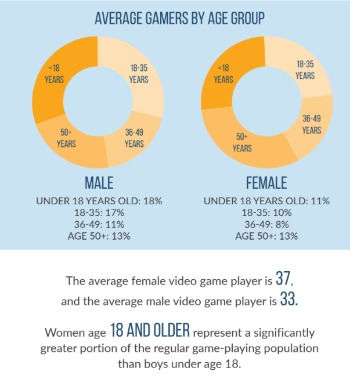Colour theory
- Zack Scanlon
- Dec 4, 2020
- 2 min read
Updated: Dec 7, 2020
Red- Higher frequencies
Orange
Yellow
Green
Blue
Indigo
Violet- Shorter frequencies
Additive- Additive colour systems start without light (black). Light sources of various wavelengths combine to make colour
Subtractive- Subtractive colour systems start with light (white). Coloured lnks, paint, or filters between the viewer and the light source or reflective surface subtract wavelengths from the light, giving it colour.

The three main points of colour theory we learnt about were Hue, Value and Chorma.
Hue- Hue is the colour that we see
Value- Value controls the light and dark
Chroma- Chroma controls the saturation in the image
These point are very easy to understand as they are quite simple in concept so i had no difficulty in understanding them.
For modifying chroma you can use things like:
Tint- Which is a mixture of hue with white.
Shades- Are a mixture of hue with black (grey)
complementary colours: complementary colours are colours that are directly opposite each on the colour wheel. For example blue and yellow are complementary colours.
Vibration boundaries: Vibration boundaries are where colours contrast and pop which make it seem that they are actually vibrating like red and green when there is a very hard edge.
analogous colors: analogous colors are colours that are adjacent to each other on the colour for example red and orange.
Triadic colours: Triadic colours are three colours that are equal distant from each other on the colour wheel. For example pink, orange and blue.
These were new concepts to me but i understood them easily, However i need to memories the colour wheel because right now i can't really tell where each colour is on the wheel so that means i cannot find which are complementary, analogous, etc.
We then looked at colour scripts from pixar film which are used to figure out and denote the colour tones, themes, mood and atmosphere of the film.


Comments